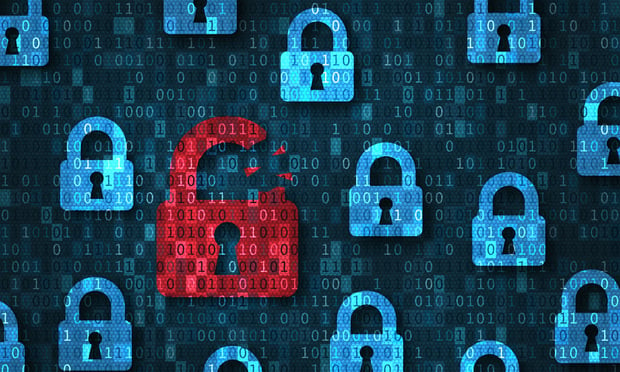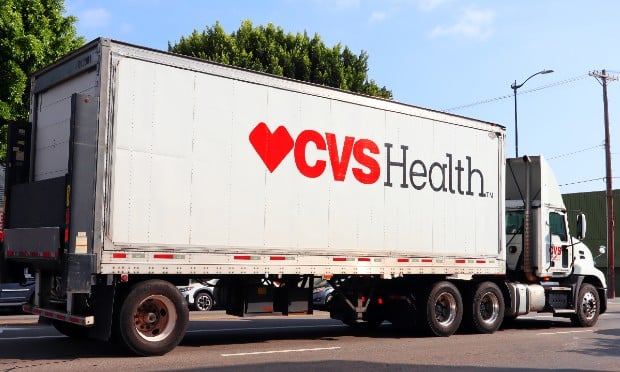
Employee Assistance Programs (EAPs) have an unusual history. They originated in the 1970s as a mechanism to assist workers with alcohol abuse, in ways that now seem chilling. Images of employees led to HR to contend with their "drinking problem" conjures an archaic workplace culture. Over the decades, however, EAPs have become the standard feature of most employers' benefit offerings, emphasizing confidentiality and offering an array of benefits and services addressing issues such as substance use, child and/or elder care, relationship challenges, financial or legal problems, workplace aggressions, and mental health. They have come a long way, especially in the past five years, but where are they going?
Ubiquitous as they are, EAPs are terribly underutilized, with engagement rates generally hovering around 3% to 5%, and often lower. It's no coincidence that many of the companies I speak with are looking for an "EAP replacement," perhaps a euphemism for, "I want a program my employees will actually use." I agree. Better adoption is desperately needed for a workforce that has been troubled by the COVID-19 pandemic, turbulent world events, and, currently, an uncertain economy.
Continue Reading for Free
Register and gain access to:
- Breaking benefits news and analysis, on-site and via our newsletters and custom alerts
- Educational webcasts, white papers, and ebooks from industry thought leaders
- Critical converage of the property casualty insurance and financial advisory markets on our other ALM sites, PropertyCasualty360 and ThinkAdvisor
Already have an account? Sign In Now
© 2024 ALM Global, LLC, All Rights Reserved. Request academic re-use from www.copyright.com. All other uses, submit a request to [email protected]. For more information visit Asset & Logo Licensing.








